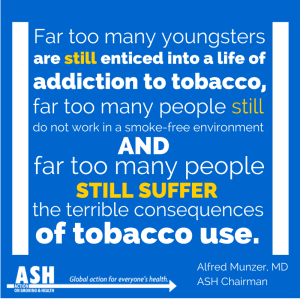Smoke-free in the Skies, but not on the Ground
Just 25 years ago, smoking was a pervasive norm. People could smoke at work, in restaurants, and even on airplanes. Non-smokers were exposed to second hand smoke often and for extended periods of time.
Twenty five years ago today, a huge step was taken to help protect non-smokers from second hand smoke because second hand smoke contains more than 7,000 chemicals, many of them carcinogenic or toxic. Those chemicals cause cancer, heart disease, sudden infant death syndrome (SIDS), asthma attacks, and other respiratory problems.
On February 25, 1990, a federal law came into effect that made all domestic airline flights of six hours or less smoke-free. The law affected 15,972 of 16,000 domestic flights, and was a catalyst for more smoke-free air laws to come. The vast majority of airlines banned smoking on international flights as well.
Since 1990, when the domestic flight smoke-free air law came into force, much progress has been made. 
California became the first state to eliminate smoking in bars in 1998, and many states followed with smoking bans in bars, hotels, restaurants, and workplaces. In 2005, the Framework Convention on Tobacco Control, the first international public health treaty, entered into force. The FCTC requires its parties, 180 countries around the world, to protect their citizens from tobacco smoke. As a result, dozens of countries have now gone smoke-free. In 2006, the U.S. Surgeon General produced a report declaring that the scientific debate around second-hand smoke was over; any degree of second-hand smoke is bad for your health.
Thanks to the work done by smoke-free airline advocates; we can now fly in airplanes without fear of being exposed to second hand smoke. Unfortunately, in much of the United States, people don’t have that same certainty of smoke-free air while they are on the ground. Only 24 U.S. states have 100% comprehensive smoke-free air laws, meaning there is no smoking in all non-hospitality workplaces, bars, and restaurants. While many municipalities in the other 26 states do have comprehensive smoke-free air laws, the smoke-free laws in those states are not as effective as they should be.
In 2010, in the United States, second hand smoke killed about 50,000 people. Worldwide, the death toll is more than 600,000 people each year. While we can celebrate that exposure to second hand smoke among US nonsmokers has declined, progress has not been the same for everyone. According to the Center for Diseases Control exposure is more common among children ages 3 to 11 years, African Americans, people living below the poverty level, and those who rent housing. The young and the poor are not adequately protected by smoke-free air laws.
On this anniversary of smoke-free flights, we applaud the progress that has been made on smoke-free air laws and appreciate all of the lives that have been saved by these laws. Yet, we also reflect on the tens of thousands of lives that remain in danger from second hand smoke across America.
We cannot wait another 25 years for all U.S. citizens to be protected from deadly second hand smoke.
Laurent Huber
Executive Director, Action on Smoking & Health









